What are gold detectors and how to set up?
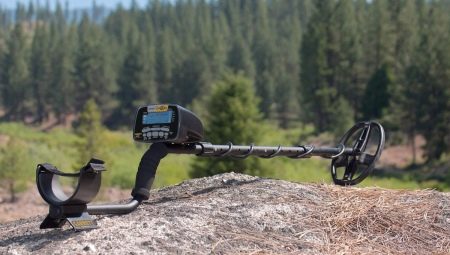
On the turnover of secondary gold, you can earn very good sums. However, before you can send such items for sale, you first need to find them. It is not enough to know the good places that are suitable for this. You also need to have in your arsenal suitable devices that will assist in the search. In this article, we will find out what are metal detectors for gold and how to set them up correctly.
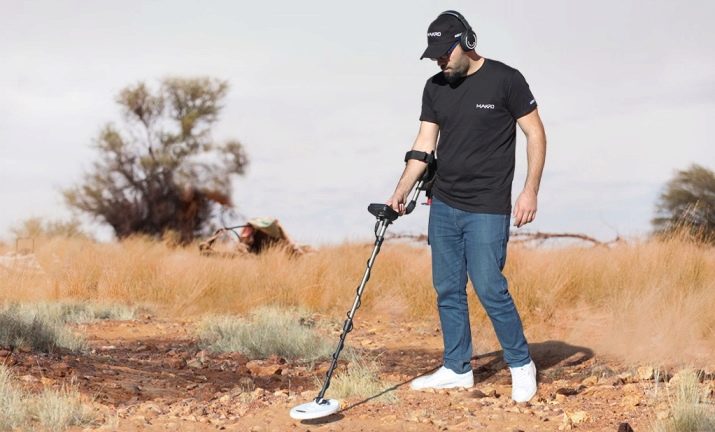
What it is?
A metal detector is a special device capable of detecting the presence of metals and reacting to them in various substrates.... These can be walls of houses, earth, sand and even foundations under water. Such a device is very often used by professional treasure hunters, as well as lovers of searching for old coins and various jewelry.
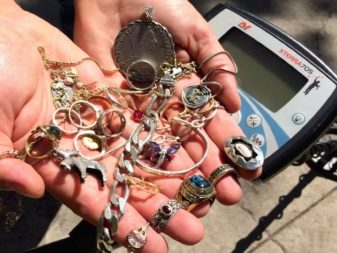
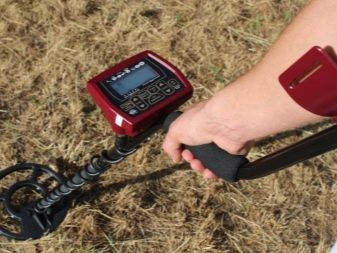
Device and principle of operation
The principle of operation of modern models of metal detectors is based on the ability of metals to conduct electric current through themselves. The technique works like this: it emits electromagnetic waves that "contact" different substances in different ways. Thus, it is possible to detect in a medium of a neutral type components with high conductivity, namely, noble and ferrous metals.
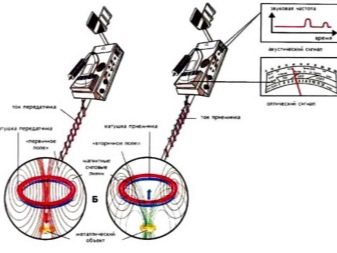
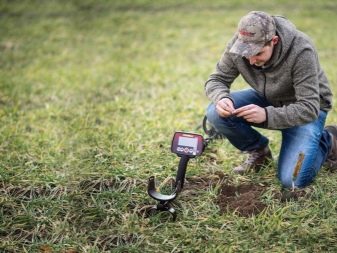
Models that are produced by modern manufacturers, allow you to set optimal settings based on the characteristics of the soil composition, search depth... You can independently adjust the radiation frequency. So, a unit operating at low frequency rates can catch a gold object at an impressive depth - up to 4 or 6 meters.
Radiation at high frequencies can be effective and productive only at short distances - no more than 40 cm.Such devices turn out to be one of the most effective when it comes to finding small items - rings, brooches or coins.

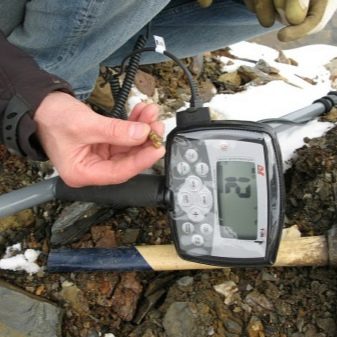
The design of such an interesting device is being developed taking into account the specifics of its application. The metal detector is conveniently carried in the user's hands, so its handle is made comfortable, and the product itself is made as light as possible.
A rather simple design of a modern metal detector contains the following components:
- a transmitter coil that generates radiation;
- a controller that picks up the feedback signal;
- power supply;
- a control block with which you can customize the technique as you need in one case or another.

Species overview
There are several types of metal detectors. Each model has its own functionality and features of work. Let's consider them in more detail.
Beach
If you are looking for the perfect metal detector model for detecting small yellow metal objects, then you should take a closer look at the beach ones. Beach sand, especially sea sand, is highly mineralized, therefore, for a productive search for values in such conditions, lIt is best to use implements configured to suppress the interference that often occurs when operating on such ground.

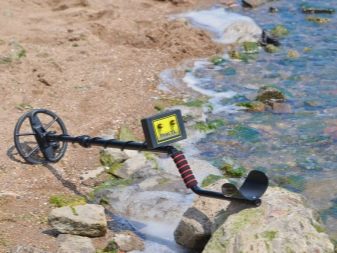
Aquatic
A separate category includes modern water-type metal detectors. Such units are distinguished by the fact that they are equipped with a high-strength housing that is not afraid of water and contact with it. The structures are made sealed and durable. Using such devices, you can safely search for jewelry in high humidity conditions or even under water.
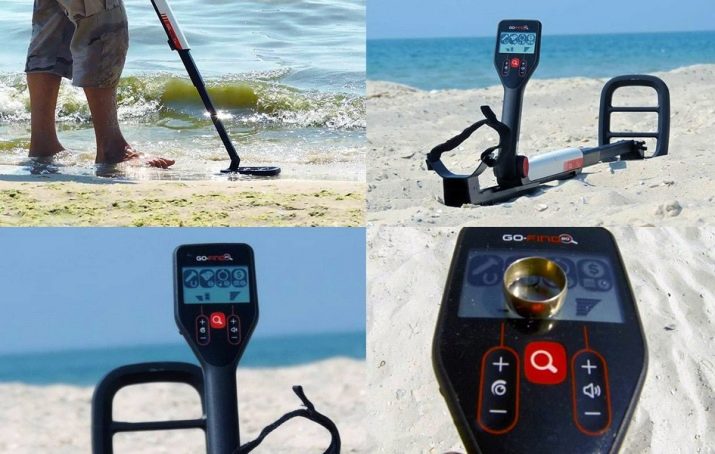
As a whole, water bodies are the same as the beach species. They differ only in that they can work well under water and effectively search for gold at great depths.
Deep
If you are planning to search for jewelry in deep soil conditions, then the depth model will be most effective. These devices often cannot see small objects (meaning coins or rings located at a depth of less than 10-15 cm).
The main purpose of submersibles is to detect gold at very great depths. We can talk about large and massive finds. For example, these can be large chests, boxes, or boxes. This suggests that it makes no sense to search underground for individual small parts with the help of a deep metal detector. Such equipment is intended specifically for searching for treasures.
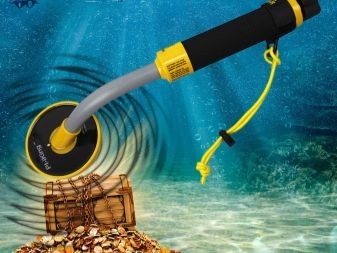
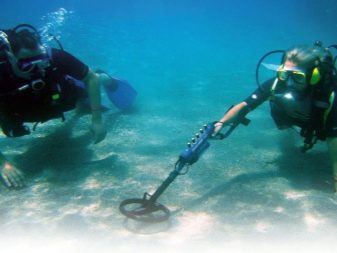
Submersible equipment usually costs more than subsea devices or offshore units.
Top Models
The current market offers many different metal detectors designed for all kinds of operating conditions. Let's take a closer look at some of the popular units that are in great demand.
- Makro Kruzer Gold... A powerful and progressive metal detector perfect for gold prospecting. Supports both ground and underwater search. The device is efficient and easy to use. The set includes 2 more coils, water protection for them, wireless headphones and a charger.

- Minelab X-Terra 505DD. High quality unit made in Australia. The device is designed for ground only, but cannot be used as a Minelab X-Terra underwater unit. There is ground balancing, but only manual. The device weighs only 1.3 kg.

The device can find precious metals, native metals, non-ferrous metals, stones, and ferrous metals.
- Garrett ACE 400I. An American high quality ground metal detector that operates at a frequency of 10 kHz. Suitable for finding both gold and nuggets. The device has a waterproof coil, but it is better not to test it under water. Headphones are included with the equipment. A built-in discriminator and speaker are also provided.This unit is considered one of the best universal models.

- Fisher F75. High quality Austrian technology. Ideal for gold prospecting. Provides automatic and manual ground balancing. The device boasts high reliability, practicality and durability. Judging by user reviews, it can be used to detect a 5-ruble coin at a depth of 40 cm.

- Fisher F4. A high-quality device that easily recognizes not only gold, but also non-ferrous metals. Judging by user reviews, the device is almost never “wrong”. The disadvantage of this unit is the modest search depth. Instead of a standard battery, this device provides 2 batteries, "crown" type. Their energy will be enough for 30 hours of equipment operation.

- Minelab Gold Monster 1000. Australian model of metal detector, perfect for gold prospecting. Refers to the soil type. Can detect grains of gold, ornaments made from nuggets. Convenient automatic ground balancing is provided.

- Garret AT Gold. American metal detector, which belongs to the amateur class. It is a soil modification. There is a built-in speaker, headphone output. There is a certain degree of moisture protection, tonal identification.

You can adjust the degree of sensitivity.
- Minelab X-Terra 305New. An improved device from an Australian manufacturer. Operates at frequencies of 7.5 and 18.75 kHz. Provides moisture protection, manual ground balancing. The product is very convenient in operation, does not cause a feeling of heaviness, hands do not get tired of it.
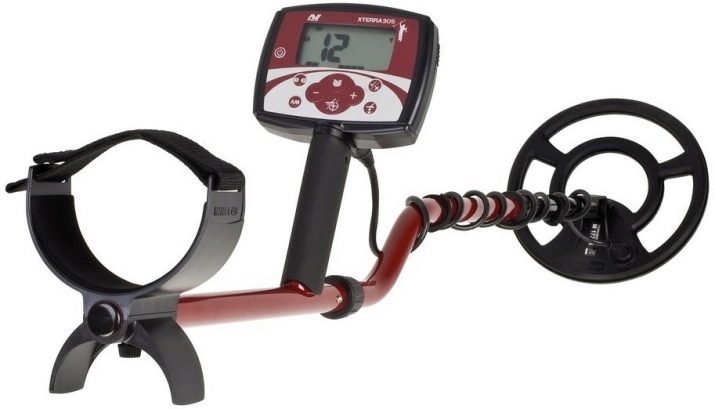
- Garret GTI2500. Inexpensive model from an American manufacturer. He is looking for jewelry at a frequency of 7.2 kHz. Equipped with a large informative display, which always shows all the current settings and configurations. The device is popular and of high quality, but it is too heavy - 1860 g.
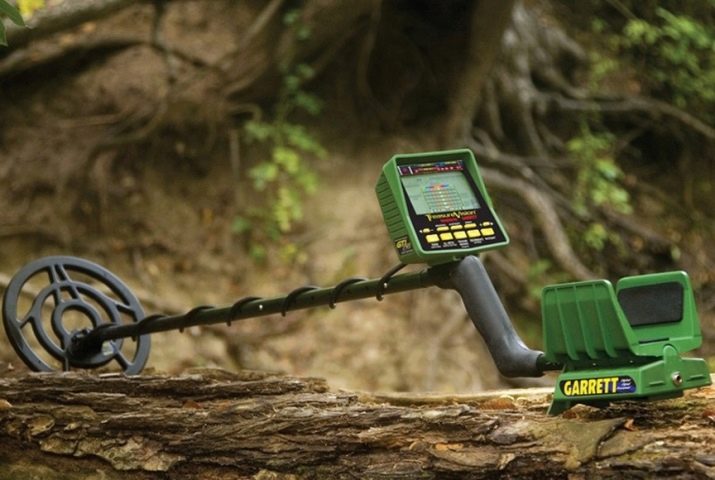
- Minelab X-Terra 305. A very convenient and practical type of metal detector that almost never makes mistakes in identifying the metals found. Manual ground balancing is provided. The equipment is powered by 4AA rechargeable batteries. It weighs only 1.32 kg, so you can carry it in your hands for a long time without feeling pain and fatigue.
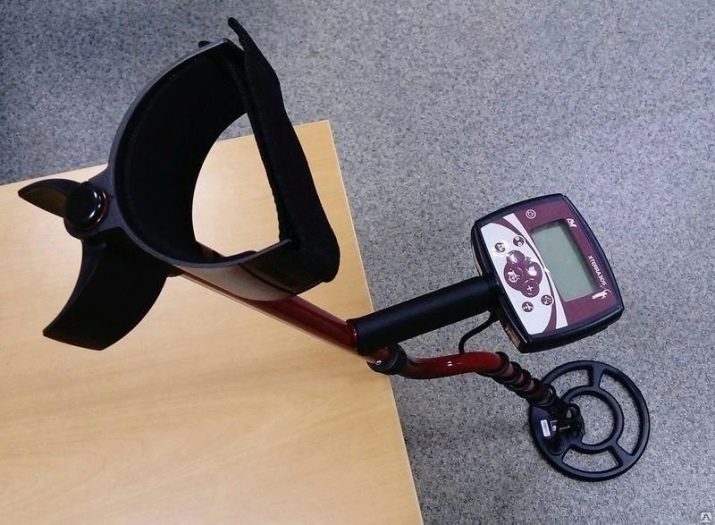
- Nokta Fors Gold. High quality device from a Turkish brand. Has good search capabilities. It will be an excellent solution for planned searches for the "treasure" in gold-bearing streams or in the conditions of mined deposits where precious metals were previously mined.
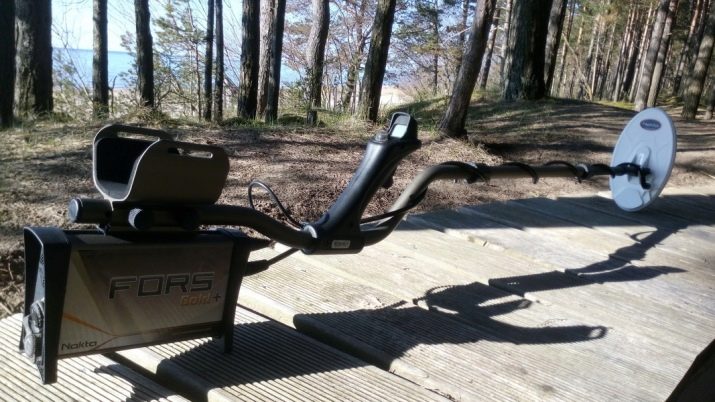
- Tesoro Lobo Super Traq. Reliable and practical American-made metal detector. Designed to search for native gold and various jewelry. Boasts increased sensitivity. The device provides 3 types of settings in accordance with soil properties and maintaining a high level of sensitivity.
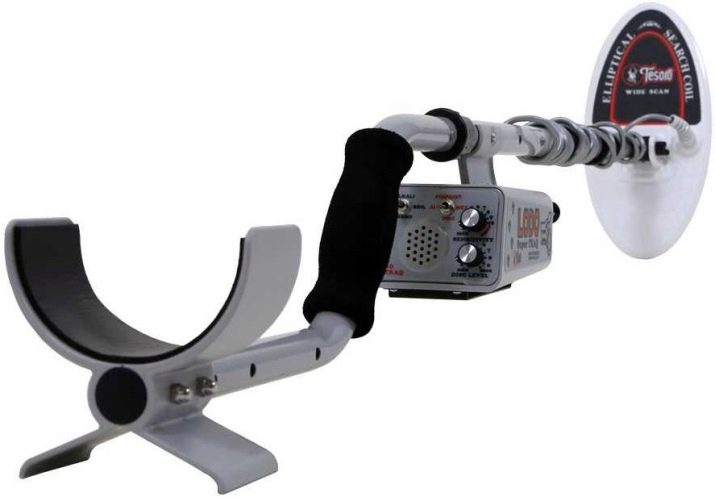
- Makro Racer Gold. One of the most practical and inexpensive models for gold prospecting. The technique operates at an ultra-high frequency, reaching 56 kHz. He sees even the smallest particles of gold. There are 3 pre-installed search programs with the ability to adjust them. There is ground balancing.
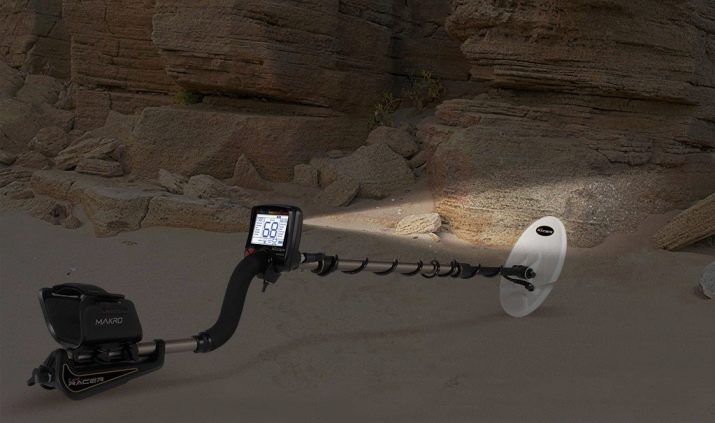
- Garrett Scorpion Gold Stinger. High quality model of a metal detector designed for gold prospecting. There is a possibility of ground balancing. In working order, the weight of the equipment is only 1.5 kg. The operating frequency of the device is 15 kHz. The unit is powered by 3 9W batteries. (included with the device).
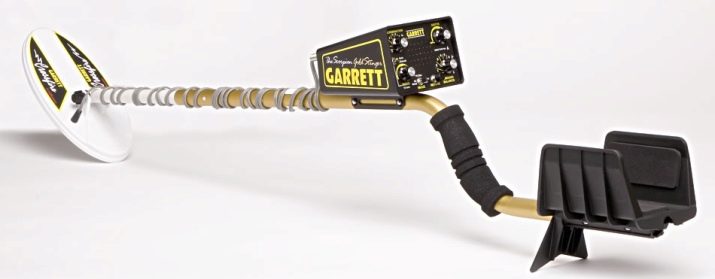
- Fisher Gold Bug Pro. A high quality professional grade metal detector. Equipped with a bright liquid crystal display and a very convenient regulator of the necessary settings. Suitable for searching not only gold, but also nuggets. The operating frequency of the equipment is 19 kHz.
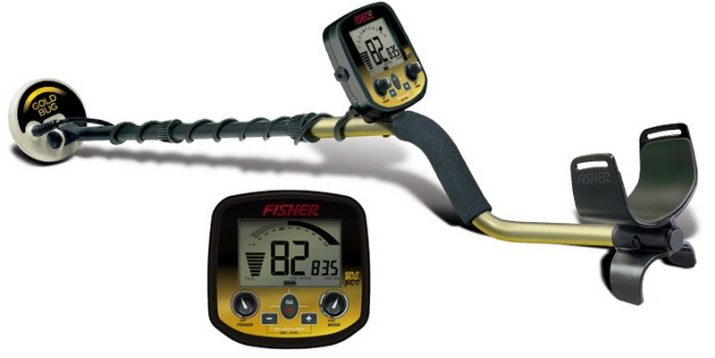
- Minelab GPZ 7000. A very expensive model of metal detector that can find gold at extreme depths.The technique boasts high immunity to interference. A very simple and straightforward menu is provided, so it is not difficult to understand the work of the seeker. There is wireless audio, the ability to determine the location by GPS. There is a waterproof coil that can dive to a depth of 1 m.
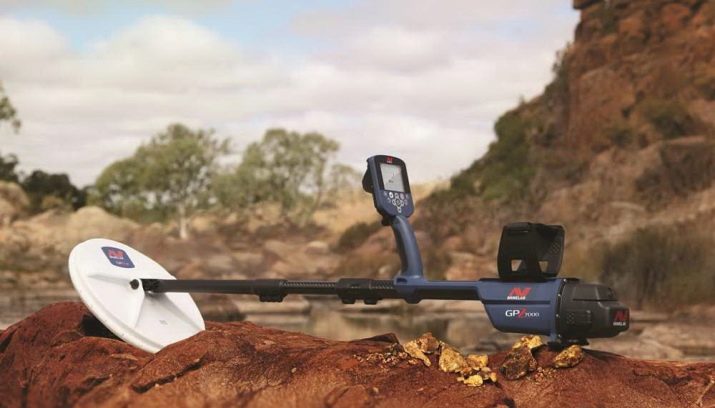
How to use?
A metal detector designed for gold prospecting must be used wisely. Let's consider how to do this.
Customization
First, the metal detector must be configured correctly, without haste. This is required according to the instructions that come with the kit. Before that, it is recommended to bury the gold object to a shallow depth and carry out the final debugging of the device on it, “scanning” the place where the product is buried with a metal detector. After that, it is permissible to go directly to the search for the "treasure".

Where to start looking?
Locations such as beaches are ideal for starting gold prospecting. Near every settlement you can find a suitable reservoir, where there is a sandbank. It is very common for people to lose their accessories in the water. Subsequently, they are usually brought to the shore. Quite often seekers find "treasures" in these places.
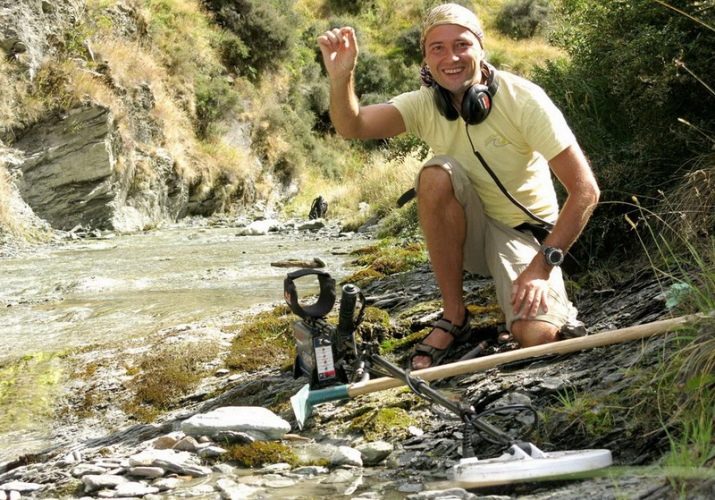
For an overview of metal detectors for gold, see the next video.








